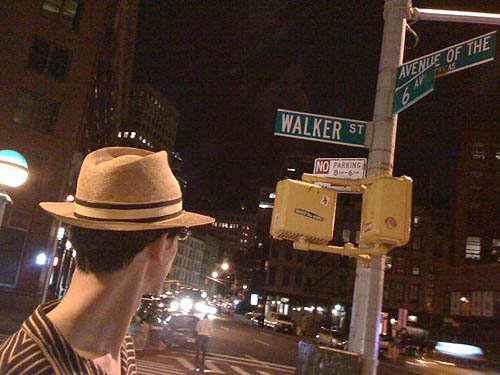The
Dis-Enclosure
of Art
by
Walker Thisted
|
The Technology of the
Wall,
|
In some ways, the wall is most relatable as a piece of military technology. Through the careful work of Renaissance engineers, the wall was constructed with greater precision in the past and with new geometries in order to protect the interior. Projection and perspective drawing were two techniques that arose from the technology of the wall and have since come to define every aspect of the designed world in which we live. At the same time, architects and engineers have taken the wall to unimaginable heights. At over 100 stories, the wall must resist forces in entirely new ways. As ecology becomes an increasing concern, the wall must become smart. As a result, the wall has been equipped with sensors, receptors, and mechanisms that allow it to adapt to changing conditions. The wall is a technology
then not so much as something on which we focus, but a fundamental
entity that is constantly on the periphery. It is a membrane that
defines what comes and goes, energy consumption, views and outlook
on the world, height to which we can climb, and degree of destruction
that can come as a result of its absence in cases of terrorist attacks,
earthquakes, and urban reconfiguration. It is in the sense of focusing
on the periphery and attempting to understand what lies in-between
that this investigation is unconventional and yet very much in keeping
with less publicized strands on contemporary thought. -- Walker Thisted
|
